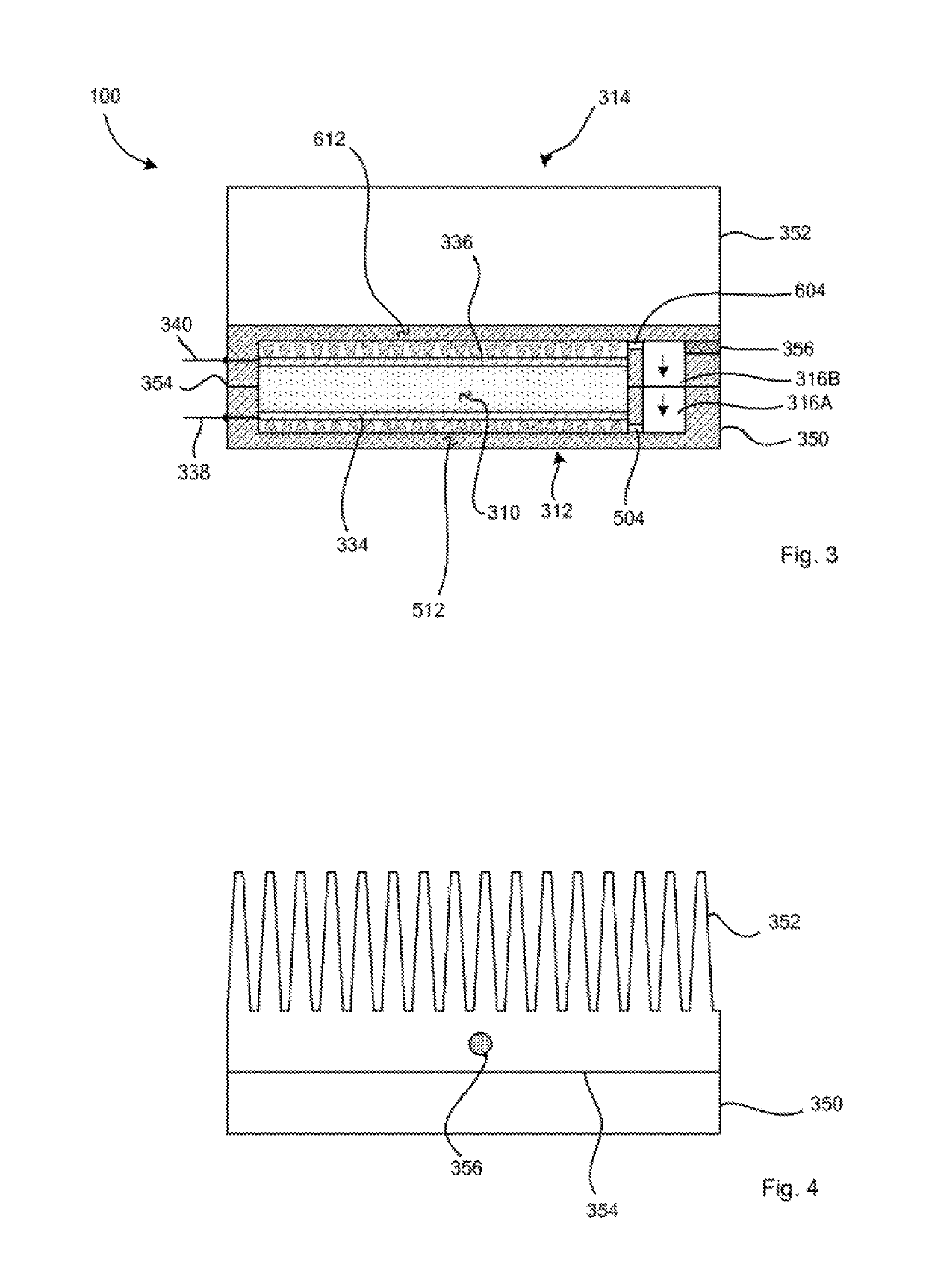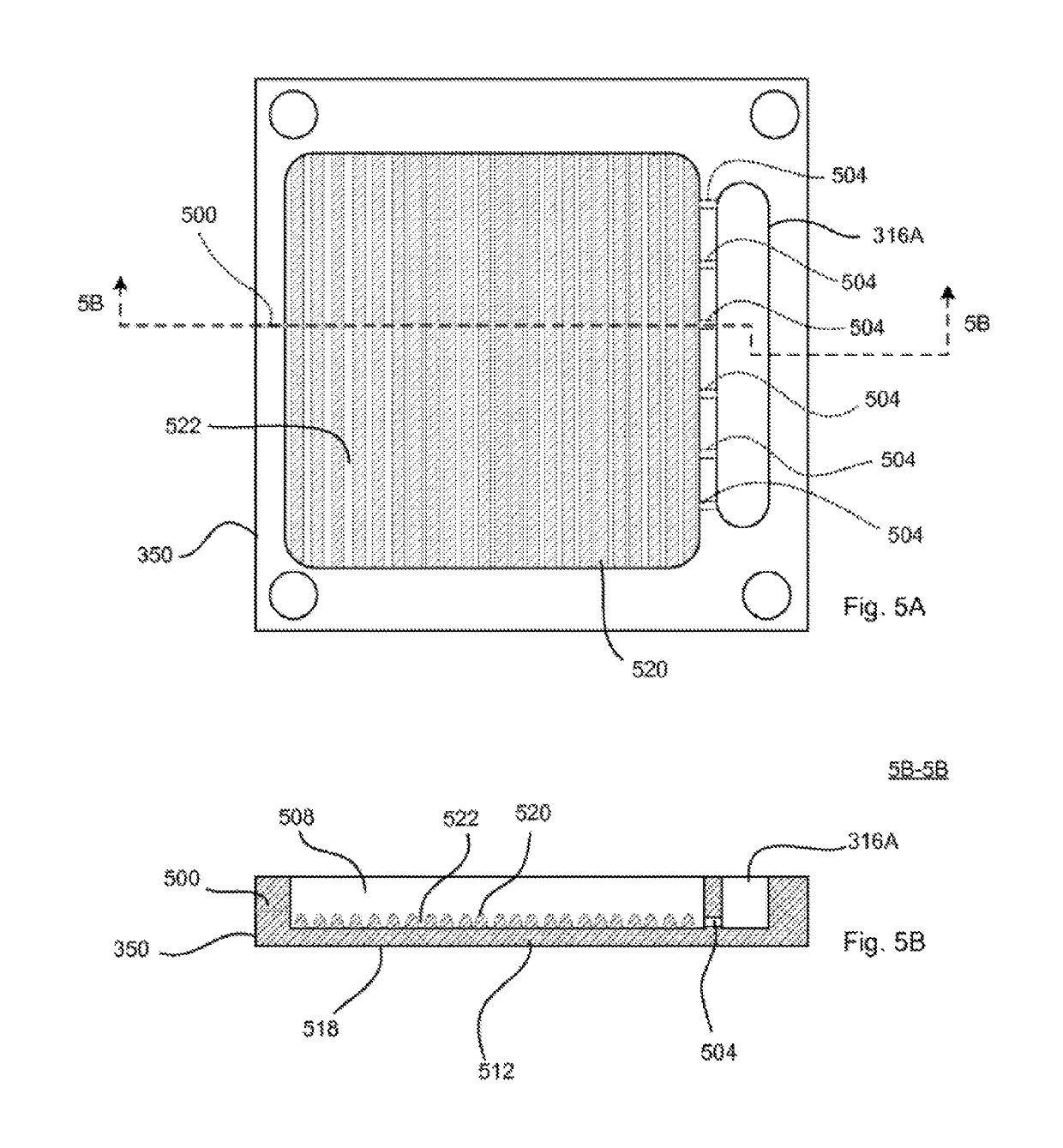Advanced system for electrochemical cell
a technology of electrochemical cells and advanced systems, applied in the field of electrochemical systems, can solve the problems of mechanical weakening of the conductance membrane, and achieve the effects of increasing the transport of water, and increasing the ‘n’ of the polar species
- Summary
- Abstract
- Description
- Claims
- Application Information
AI Technical Summary
Benefits of technology
Problems solved by technology
Method used
Image
Examples
second embodiment
[0129]In addition, there is clearly a relationship between the water migration rates in membranes and the degree of acidity in the membranes. This can be quantified in practical terms with ionic conductance measurements. Higher water presence, and larger swelling in the water channels dearly results in higher conductance, and therefore in effect ‘larger’ water shells surrounding the proton. Thus in this invention, the electrochemical compressor is modified to employ membranes with much higher conductance—i.e. lower equivalent weight, EW, but also thinner membranes. Usually such higher conductance membranes are mechanically weaker, and thus need to be reinforced with a substrate to provide the strength required in operation (and under a pressure differential) in the compressor.
third embodiment
[0130]In a third embodiment, gas diffusion electrodes are modified to render them hydrophilic; not directly as a result of additives in the refrigerant formulation, but by controlling the electrode formulation itself to render it hydrophilic. It is typical in fuel cell type electrodes to mix in components to improve hydrophobicity, such as PTFE dispersions or high molecular weight ionomers. Therefore electrode formulations are provided that are considerably different to fuel cell systems—and therefore novel and inventive and counter intuitive for use in electrochemical compressors.
PUM
| Property | Measurement | Unit |
|---|---|---|
| surface energy | aaaaa | aaaaa |
| surface tension | aaaaa | aaaaa |
| surface tension | aaaaa | aaaaa |
Abstract
Description
Claims
Application Information
 Login to View More
Login to View More - R&D
- Intellectual Property
- Life Sciences
- Materials
- Tech Scout
- Unparalleled Data Quality
- Higher Quality Content
- 60% Fewer Hallucinations
Browse by: Latest US Patents, China's latest patents, Technical Efficacy Thesaurus, Application Domain, Technology Topic, Popular Technical Reports.
© 2025 PatSnap. All rights reserved.Legal|Privacy policy|Modern Slavery Act Transparency Statement|Sitemap|About US| Contact US: help@patsnap.com



